
Burgkloster Castle Friary
Explore a former Dominican monastery in Lübeck, uncovering medieval secrets and 20th-century history.
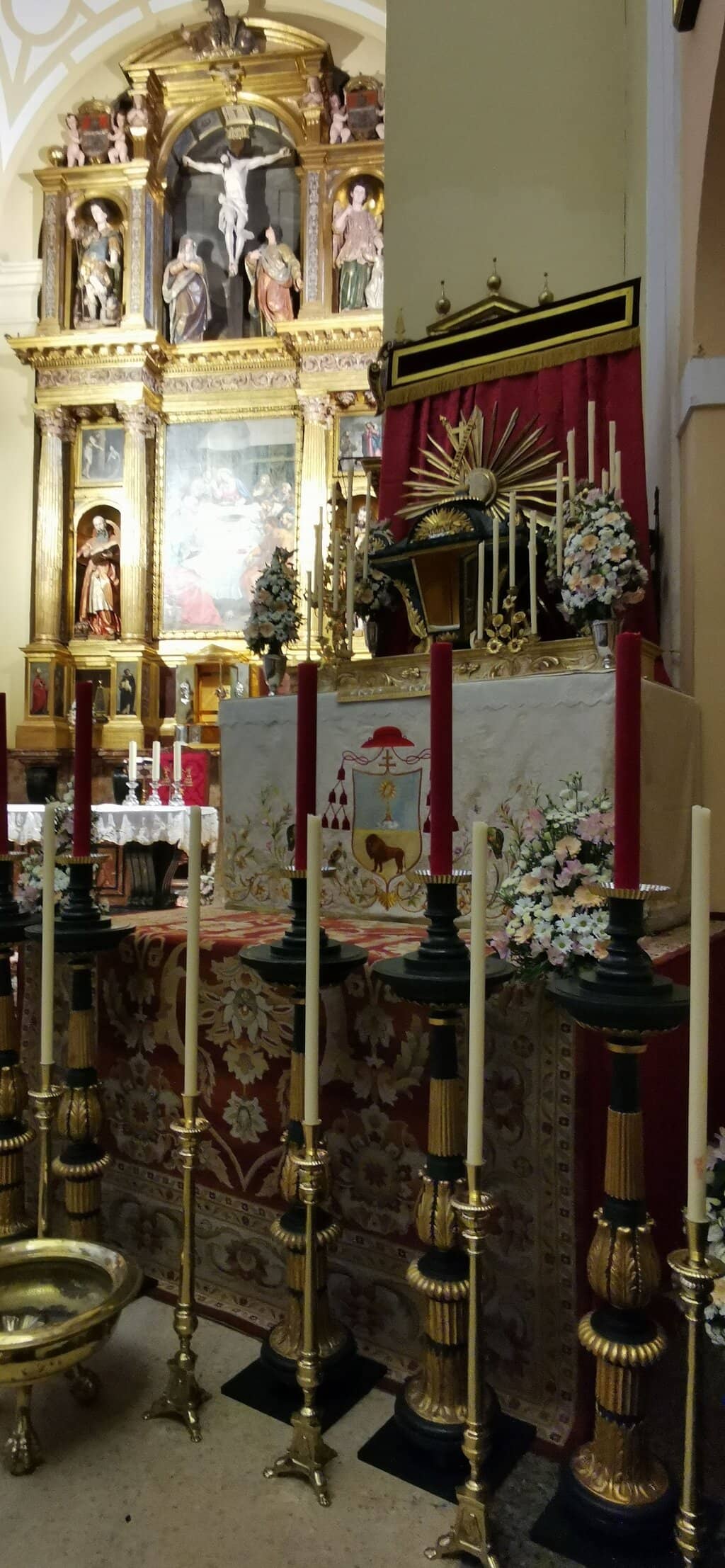
Highlights
Must-see attractions
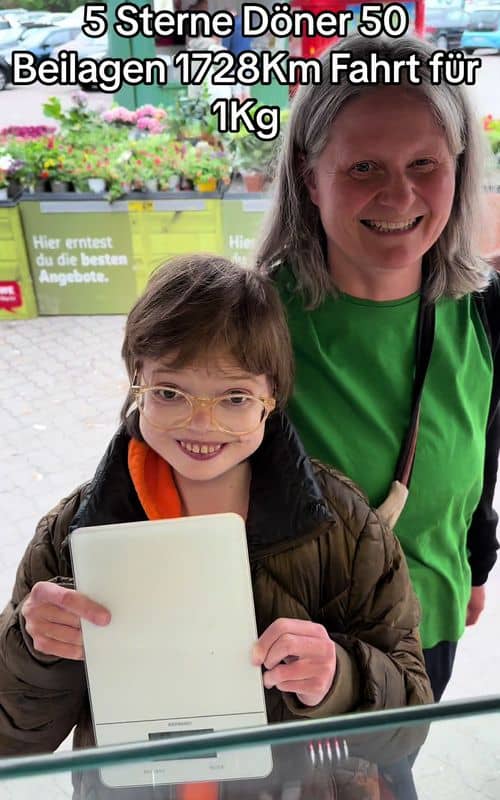
Social
From TikTok & Reddit
Best Time
Fewer crowds, peaceful exploration

Burgkloster Castle Friary
Best Time
Fewer crowds, peaceful exploration

Highlights
Must-see attractions
Explore a former Dominican monastery in Lübeck, uncovering medieval secrets and 20th-century history.
"Interesting and beautiful place, worth a quick visit."
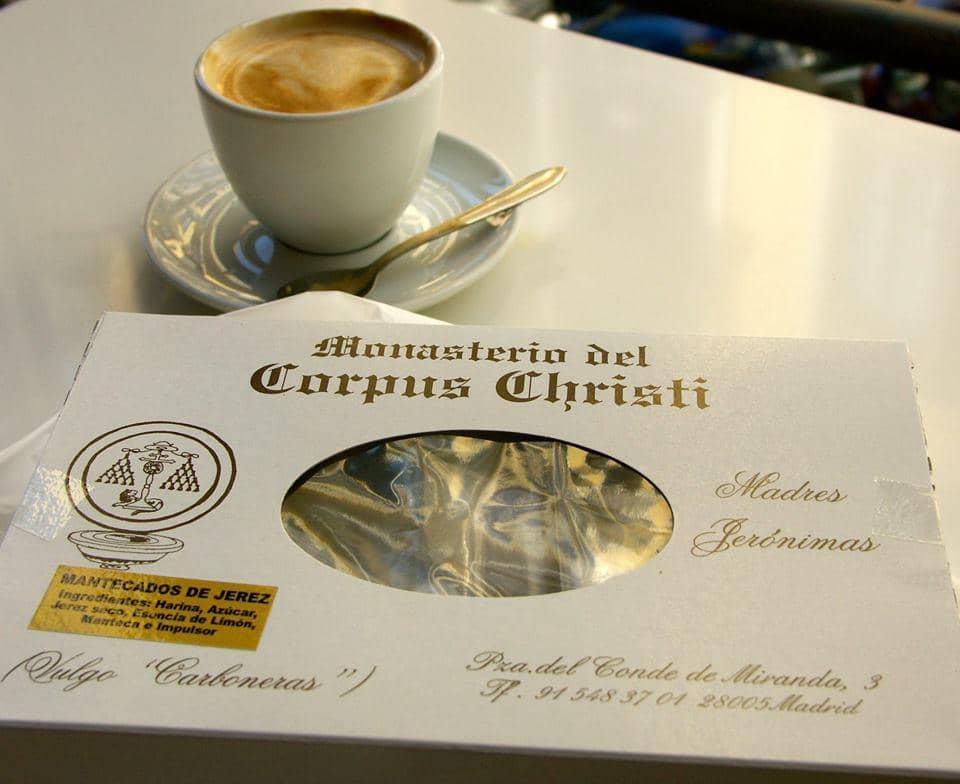
Combine with Hansemuseum
Many visitors find it worthwhile to visit both sites together for a comprehensive experience. :world_map:
Entrance Fee Value
Some find the entrance fee a bit pricey for a quick visit, but it often includes access to the adjacent museum. :moneybag:
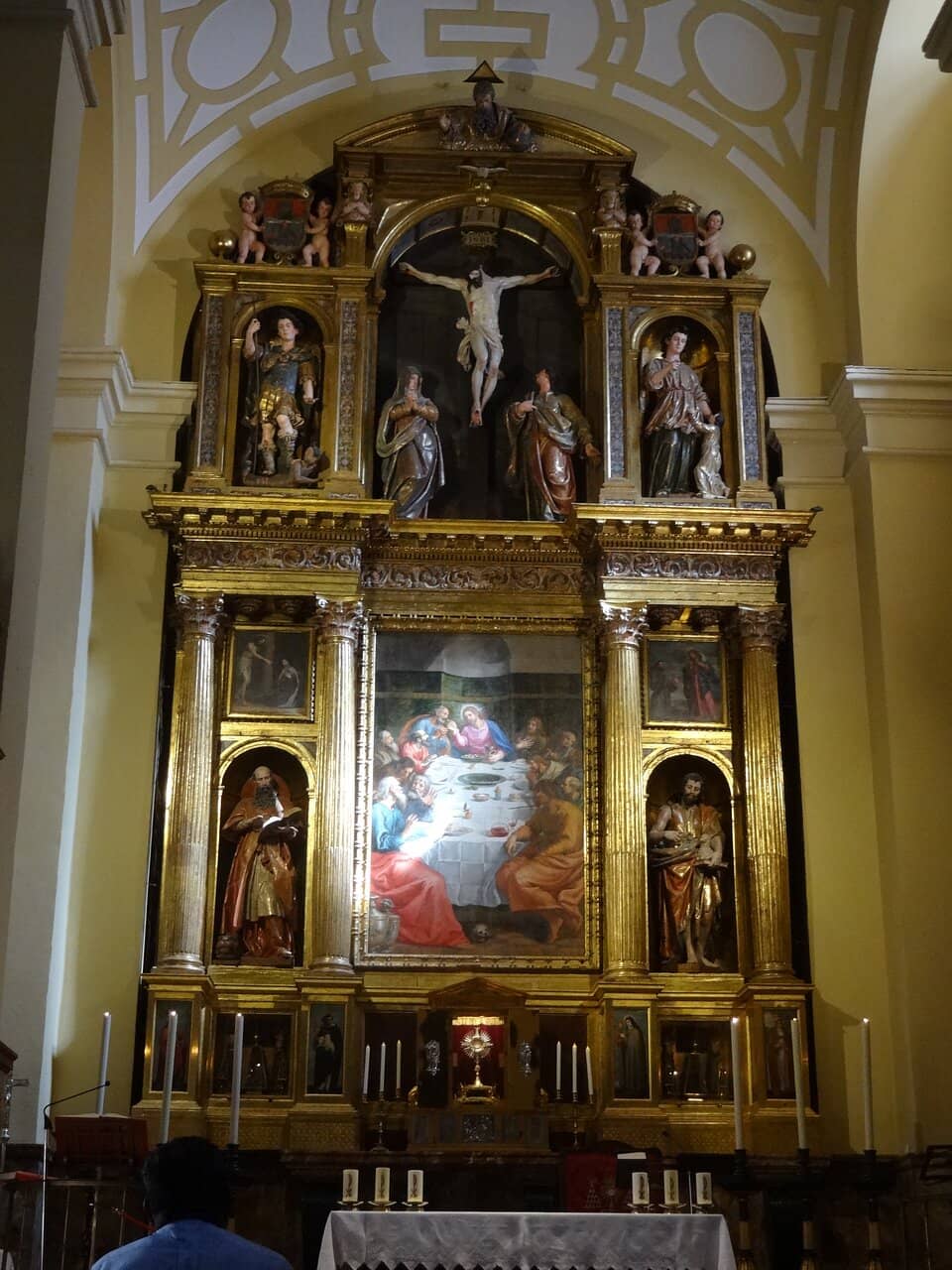
Highlights
Discover the most iconic attractions and experiences

Chapter House Wall Painting
Chapter House
A unique medieval wall painting depicting men in a ship, possibly alluding to Lübeck's role in Christian missionary work.
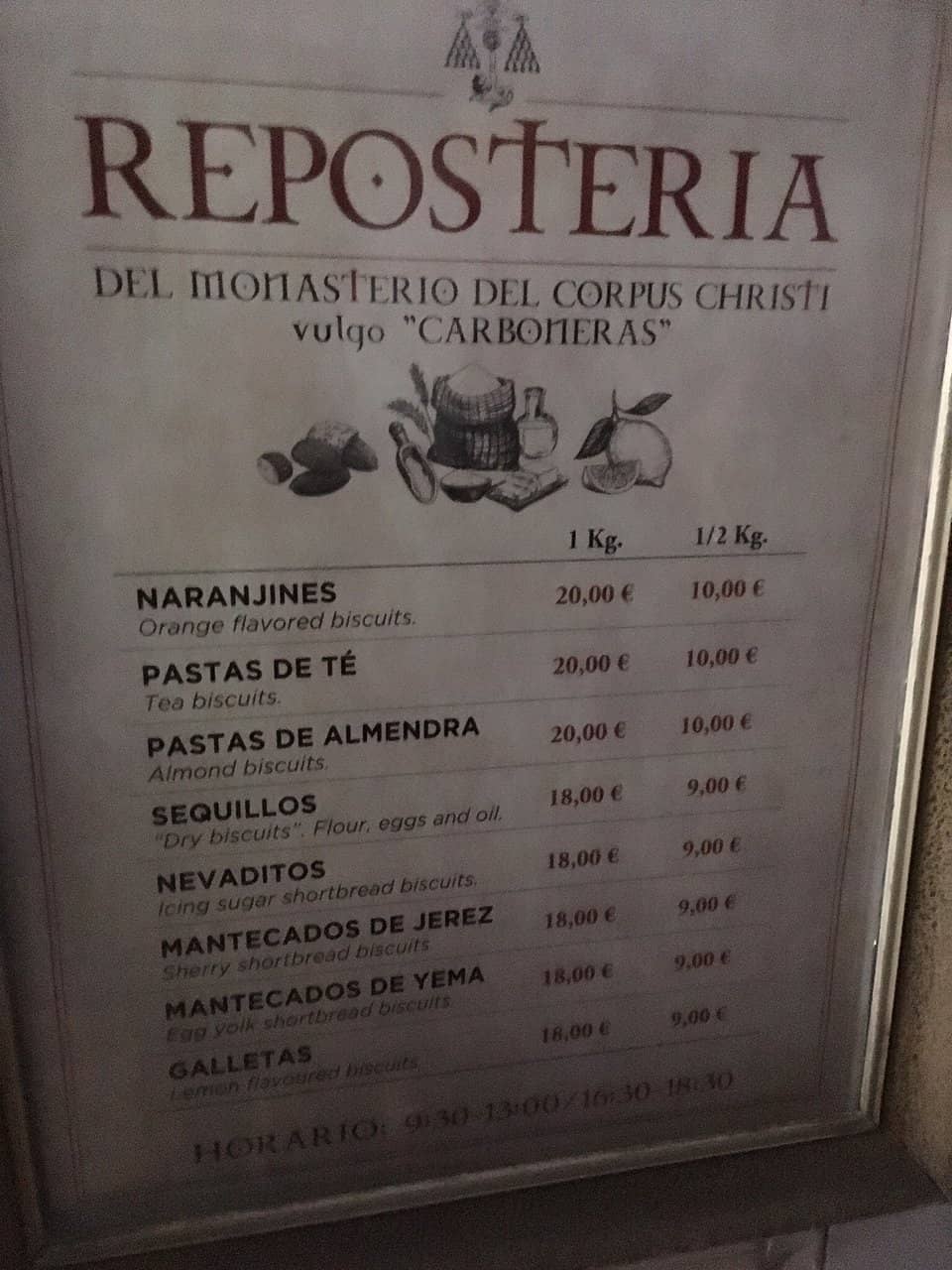
Cloister Chess Scene
Cloister
A fascinating keystone carving of a couple playing chess, highlighting the intellectual pursuits valued by the Dominicans.

Archaeological Finds
Museum Exhibition
See artifacts like crossbow bolts and a chess piece, offering tangible links to the friary's past.
Plans like a pro.
Thinks like you
Planning Your Visit
Timing Your Visit
Understanding the History
Best Times
Insider Tips
from TikTok, Instagram & Reddit
Combine with Hansemuseum
Many visitors find it worthwhile to visit both sites together for a comprehensive experience. :world_map:
Entrance Fee Value
Some find the entrance fee a bit pricey for a quick visit, but it often includes access to the adjacent museum. :moneybag:
Peaceful Atmosphere
Enjoy the beautiful and peaceful space; it's a great spot for quiet reflection. :pray:
Hear Live Music
You might be lucky enough to hear a violin rehearsal for an evening concert. :musical_score:
Tips
from all over the internet
Combine with Hansemuseum
Many visitors find it worthwhile to visit both sites together for a comprehensive experience. :world_map:
Entrance Fee Value
Some find the entrance fee a bit pricey for a quick visit, but it often includes access to the adjacent museum. :moneybag:
Peaceful Atmosphere
Enjoy the beautiful and peaceful space; it's a great spot for quiet reflection. :pray:
Hear Live Music
You might be lucky enough to hear a violin rehearsal for an evening concert. :musical_score:
What Travellers Say
Reviews Summary
Visitors find Burgkloster Castle Friary an interesting and beautiful place, offering a peaceful atmosphere and a glimpse into Lübeck's rich history. While some consider the entrance fee a bit high for the duration of the visit, many feel it's worthwhile, especially when combined with the adjacent museum or if attending a special event like a concert rehearsal.
"Burgkloster Monasterio del Castillo is interesting and it worth a quick visit though I found the entrance fee quite pricey. It comes with a visit with the museum next door. Recommend it! There was a violin 🎻 rehearsal for a concert 🎵 later the evening.. was nice to hear it.."
Maria Achilleia
"A very quick but interesting exhibition. The space is so beautiful and peaceful and worth a visit."
I H
"In the Middle Ages, Lübeck's merchants viewed their city's prosperity as proof of a special divine favor—a favor that had to be maintained at all costs through Christian humility and confession. The castle monastery served this purpose. On its site, there was originally a castle built around 1150. It belonged to the Danish King Valdemar II, lord of Lübeck. However, in alliance with a coalition of North German princes, the citizens of Lübeck succeeded in shaking off the rule of the Danish crown in 1227. The decisive victory was won at the Battle of Bornhöved on July 22nd, the day of St. Mary Magdalene, a companion of Jesus Christ and witness to his crucifixion and resurrection. In Lübeck, people now believed they owed their victory on the battlefield to St. Mary Magdalene. The people of Lübeck therefore demolished the castle and probably had a monastery dedicated to St. Mary Magdalene around 1229. Dominican monks were to pray for the salvation of the souls of Lübeck's citizens, deliver sermons, and hear confessions here. Confessions took place in a private conversation at an altar, either in the monastery church or in a specially built confessional. Confession seemed particularly important to the merchants, who were generally suspected of easily committing extra-familial misdeeds during their trading journeys. Christian grounding also seemed to be in jeopardy, given the drive for economic profit. To nevertheless emphasize the Christian dignity of the city and its monks, a visual trick was employed. In the chapter house, for example, there is a very special wall painting. It shows two men in a ship: on the left, a man with a sword, and on the right, a Dominican with a tonsure. It is likely that the scene alludes to Lübeck's role in Christian sword missionary work in the Baltic region. In 1226, Pope Honorius III confirmed Lübeck's function as a port of departure for the Livonian crusaders. After all, the quarters of the Teutonic Knights were located near the monastery. Accordingly, crossbow bolts and arrowheads, among other things, were archaeologically recovered here. Merchants also went to war. In this respect, the monastery probably celebrated its pastoral connection to the Miles Christianus, the supposed 'Soldiers of Christ.' This is not the only seemingly secular scene in the former monastery. A keystone in the cloister depicts a courtly couple playing chess together. Unlike in other monastic orders, this form of mental training was not considered sinful among the Dominicans. Chess promoted clear strategic thinking and thus a spiritual connection to God. In urban aristocratic circles, the game was indispensable. It was therefore no coincidence that archaeologists discovered a chess piece during an excavation in the monastery in 2013. However, the monastery building played an inglorious role during the Nazi era. At that time, it was a courthouse with prison cells, where the so-called Lübeck Martyrs were held for "investigation" and conviction. They were three Catholic and one Lutheran clergymen. Pastor Karl Friedrich Stellbrink was initially a convinced National Socialist himself and had been a party member since 1930. He openly espoused anti-Semitic and anti-Catholic views, but soon recognized the anti-church attitude of those in power. He particularly criticized the Second World War in leaflets and during his sermons. In 1942, the Secret State Police finally accused him of having proclaimed from the pulpit immediately after a devastating British bombing raid on Lübeck: "Now God speaks with a mighty voice." Seen in this light, Stellbrink would have interpreted the catastrophe as divine punishment for the Nazi atrocities. Whether he actually said this is unknown, but the claim caused outrage among the citizens of Lübeck. Stellbrink was eventually beheaded in Hamburg."
Jannik Gorewoda
What People Like
What People Dislike
Frequently Asked Questions
🚇 🗺️ Getting There
Burgkloster Castle Friary is located in the north of Lübeck's old town island. It's easily accessible on foot from the city center. If arriving by public transport, local buses stop nearby. :bus: For those driving, parking can be found in the surrounding areas, though it may be limited during peak times. :car:
Yes, Burgkloster Castle Friary is situated within the historic old town and is easily walkable from other key Lübeck sights like the Holsten Gate and the marzipan shops. :walking:
🎫 🎫 Tickets & Entry
Opening hours can vary seasonally. It's best to check the official website or local listings before your visit to confirm current times. :clock:
There is an entrance fee for Burgkloster Castle Friary. Some visitors have noted it can feel a bit pricey for a short visit, but it often includes access to the museum next door. :euro:
Advance booking is generally not required for Burgkloster Castle Friary, especially for individual visitors. However, for group visits or during special events, it's advisable to inquire about booking procedures. :pencil:
While not always explicitly advertised as a combined ticket, many visitors find it convenient and worthwhile to purchase entry to both the Burgkloster and the nearby Hansemuseum. :ticket:
🎫 🧭 Onsite Experience
A visit to Burgkloster Castle Friary is usually quite brief, often taking around 30 minutes to an hour, depending on your interest in the exhibits and historical context. :stopwatch:
Inside, you'll find an interesting exhibition detailing the history of the site, including its time as a Dominican monastery and later as a courthouse. Highlights include medieval wall paintings and archaeological finds. :mag:
The historical exhibits might be more engaging for older children or those with an interest in history. It's a quiet site, so it's best for families who can appreciate a more contemplative experience. :child:
Yes, the beautiful space sometimes hosts concerts or rehearsals, which can add a unique auditory dimension to your visit. Keep an eye on local event listings. :microphone:
Originally a Danish castle, it became a Dominican monastery in the 13th century, serving Lübeck's merchants. It later served as a courthouse during the Nazi era, notably in relation to the Lübeck Martyrs. :scroll:
📸 📸 Photography
Photography is generally permitted inside Burgkloster Castle Friary for personal use, but it's always a good idea to check for any specific signage regarding restrictions, especially in exhibition areas. :camera:
The cloister area with its unique keystones and the chapter house with its wall paintings offer excellent photographic opportunities. The exterior architecture also provides charming shots. :iphone:
For Different Travelers
Tailored advice for your travel style
👨👩👧 Families with Kids
🏛️ History Buffs
🚶 Solo Travelers
Deep Dives
In-depth insights and expert knowledge
A Glimpse into Medieval Lübeck
The friary's architecture and art reflect this dual focus on faith and worldly affairs. Look for the unique wall painting in the chapter house, which may allude to Lübeck's involvement in Christian missionary work in the Baltic region. Another intriguing detail is the keystone in the cloister depicting a couple playing chess. This highlights how the Dominicans, unlike some other monastic orders, saw mental training and strategic games like chess as compatible with spiritual life, especially among the urban aristocracy.
Archaeological excavations have unearthed artifacts that further illuminate this history, including crossbow bolts and even a chess piece discovered in 2013. These finds connect visitors directly to the people who lived, worked, and prayed within these walls centuries ago. The site's layered history, from royal castle to monastery to courthouse, makes it a compelling stop for history enthusiasts.
The Friary's somber 20th-Century Role
One of the most notable figures associated with this period was Pastor Karl Friedrich Stellbrink. Initially a supporter of the Nazi regime, he later became critical of its anti-church policies and the war. He was accused by the Gestapo of interpreting a devastating British bombing raid on Lübeck as divine punishment for Nazi atrocities, a statement he allegedly made from the pulpit. While the veracity of this exact quote is debated, his opposition led to his beheading in Hamburg.
The presence of the courthouse and prison cells within the former monastery serves as a stark reminder of the building's complex and often difficult past. Visiting Burgkloster Castle Friary offers not just a journey into medieval times but also a moment of reflection on the darker chapters of more recent history.

Social
from TikTok, Instagram & Reddit